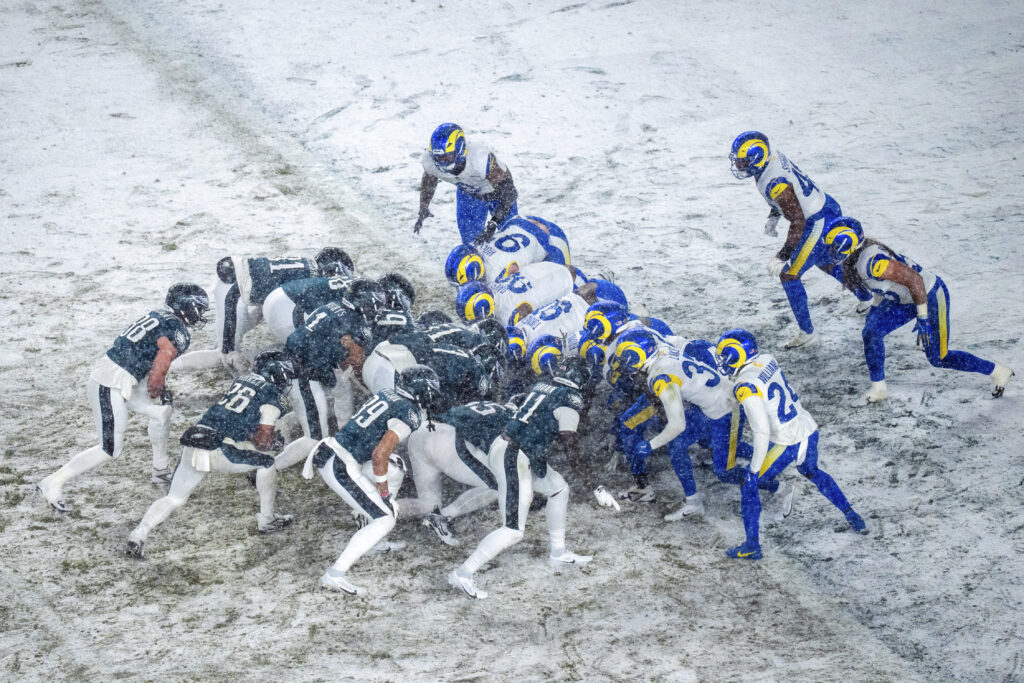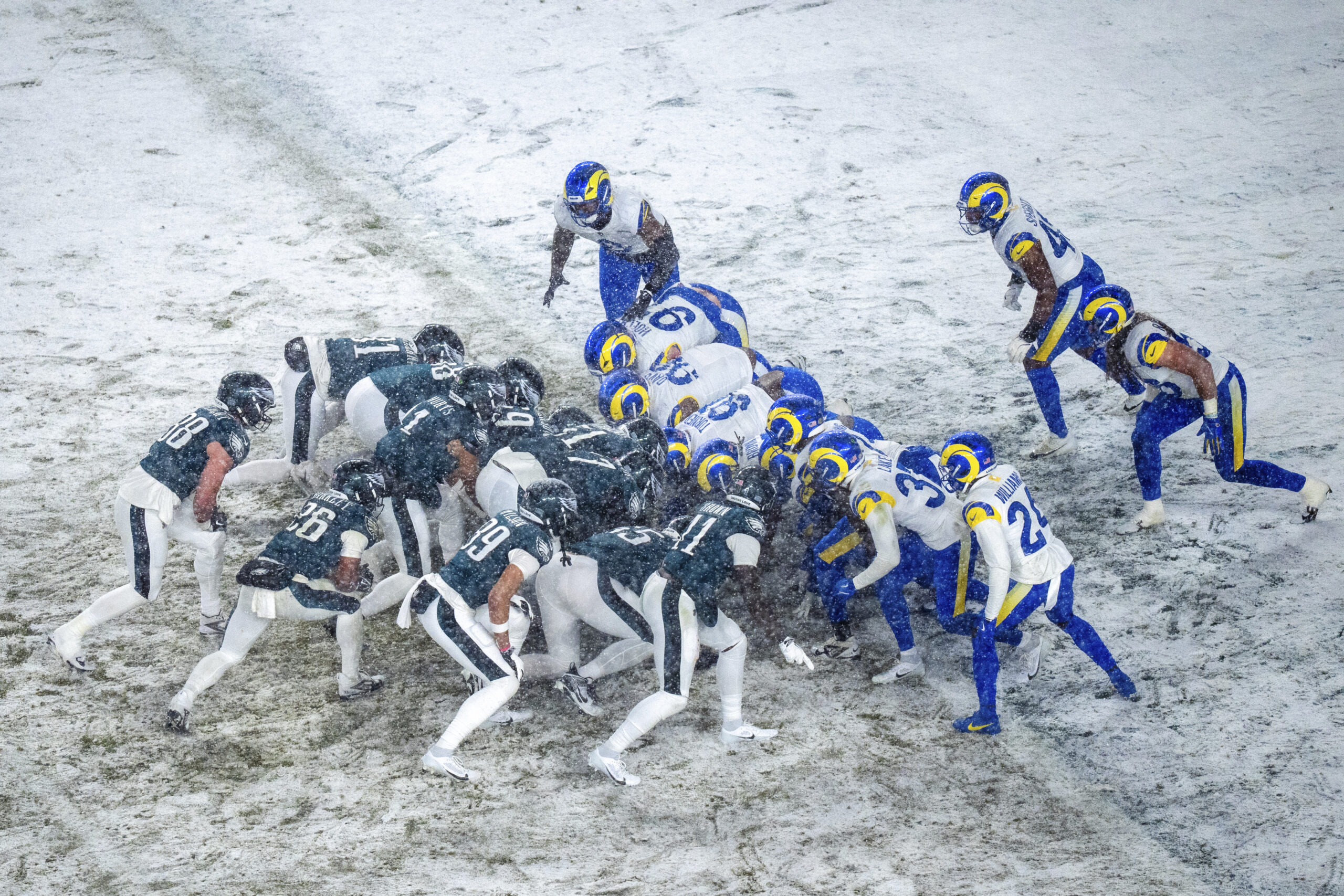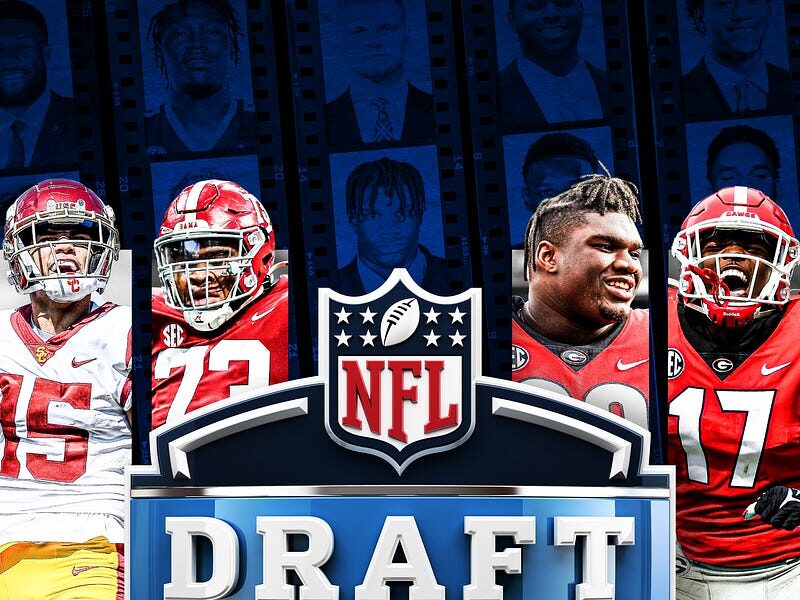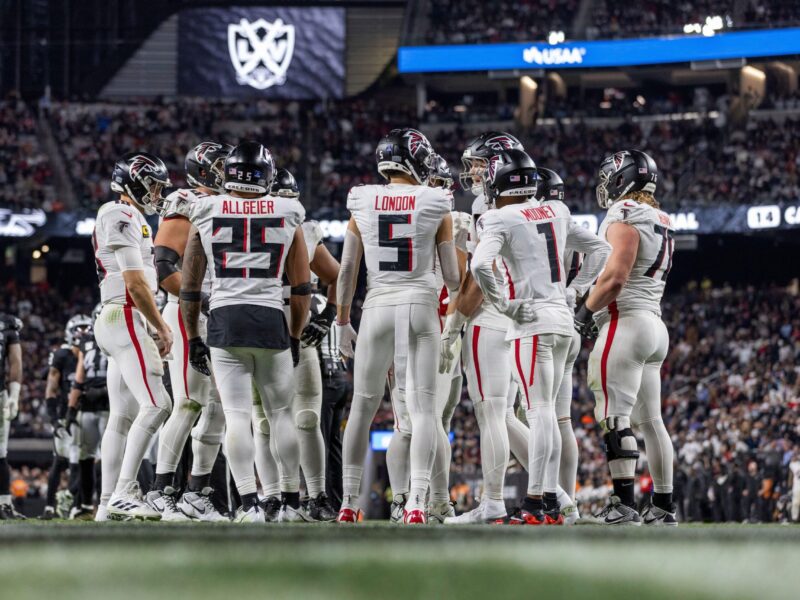The National Football League is a living entity. While the core objective – scoring more points than the opponent – remains constant, the way the game is played undergoes a perpetual evolution. And arguably the biggest catalyst for this change isn’t just coaching innovation or athletic advancement; it’s the ever-shifting landscape of the NFL rulebook.
From subtle tweaks to major overhauls, rule changes implemented over the decades have fundamentally altered strategy, player valuation, game flow, and the very aesthetic of professional football. They are often introduced with specific goals – enhancing player safety, boosting offense, increasing competitive balance – but their ripple effects are vast and complex.

Let’s dissect some key areas where rule changes have left an undeniable mark:
1. The Unrelenting Rise of Offense (Especially Passing)
This is perhaps the most visible impact. Modern NFL scores often resemble video games compared to the defensive slugfests of yesteryear. Why? A series of rule changes designed to protect offensive players and encourage scoring:
- Illegal Contact & Defensive Holding Emphasis (Post-2004): Stricter enforcement preventing defenders from bumping receivers more than five yards downfield opened up passing lanes significantly.
- Defenseless Player Protection: Rules shielding receivers mid-catch, quarterbacks during/after a throw, and other vulnerable players have made defenders more hesitant to deliver jarring hits, giving offenses an edge.
- Roughing the Passer: Expanded definitions protecting quarterbacks from hits to the head/neck area, low hits to the knees, and late hits have given QBs more time and security in the pocket. This is arguably one of the most impactful (and controversial) rule sets.
- Pass Interference: While interpretations remain debated, the general trend has favored offenses, making deep shots more viable and drawing significant penalty yardage.
Impact: Passing statistics have exploded. Quarterback contracts have ballooned as their importance is magnified. Offensive schemes have become more pass-centric (Spread, Air Raid influences, RPOs). Teams prioritize athletic tight ends and versatile running backs who can contribute significantly in the passing game.
2. The Player Safety Imperative
Driven by growing awareness of long-term health risks, particularly concussions, the NFL has implemented numerous rules aimed at making the game safer:
- Banning Helmet-to-Helmet Hits: Targeting defenseless players with the crown of the helmet or initiating contact with an opponent’s head/neck area draws heavy penalties and fines.
- Concussion Protocols: Strict procedures for evaluating and removing potentially concussed players from games.
- Kickoff Modifications: Moving the kickoff spot forward and changing touchback rules were designed to reduce high-speed collisions on what was statistically one of the game’s most dangerous plays.
- Horse-Collar Tackle Ban: Prohibiting tackles where a defender grabs the inside of a player’s shoulder pads or jersey from behind.
Impact: While injuries still occur, these rules aim to mitigate catastrophic hits. Tackling techniques have evolved (teaching “heads up” tackling). The kickoff return has become significantly less frequent, altering special teams strategy and excitement levels for some fans. There’s ongoing debate about whether these rules go too far or not far enough, and enforcement consistency remains a challenge.
3. Defensive Adaptation and Evolution
Defenses haven’t stood idly by. Rule changes favoring the offense have forced defensive coordinators to innovate:
- Emphasis on Pass Rush: With quarterbacks more protected, getting pressure quickly before a potential penalty can be called is paramount. Elite edge rushers and interior disruptors are highly valued.
- Versatile Defensive Backs: The need for DBs who can cover vast amounts of space in zone, match up physically in man coverage (within the rules), and tackle safely is crucial. Hybrid safety/linebacker roles have become more common.
- Complex Schemes: Defenses employ more disguised coverages, simulated pressures, and zone-match principles to confuse quarterbacks and compensate for limitations on physical play downfield.
Impact: Defenses often play more “bend-don’t-break” styles. Teams invest heavily in their pass rush and secondary. Finding players who can execute complex assignments reliably is key.
4. Changes to Game Flow and Technology
Rule changes aren’t just about on-field contact; they also affect how the game is managed:
- Instant Replay Expansion: The scope of reviewable plays has grown significantly, aiming for greater accuracy but sometimes leading to lengthy delays and frustration over interpretations (e.g., the infamous “catch rule” debates).
- Communication Technology: Helmet radios for designated defensive players allow for quicker adjustments against modern up-tempo offenses.
Impact: Theoretically, more accurate calls. However, increased reviews can disrupt game rhythm. Technology allows for faster strategic counters on both sides of the ball.
The Ongoing Debate: Finding the Balance
Rule changes often spark intense debate. Are roughing the passer calls too frequent and game-altering? Have kickoff changes neutered an exciting part of the game? Does the constant tweaking make the rules overly complex for players, coaches, officials, and fans alike?
Finding the right balance between player safety, offensive excitement, defensive integrity, and clear, consistent officiating is the perpetual challenge facing the NFL Competition Committee.
Conclusion
The NFL game you watch today is a direct product of decades of rule adjustments. These changes have undeniably made the game safer in many respects and have fueled the offensive explosion that captivates millions. However, they’ve also forced constant strategic adaptation, created new controversies, and continue to shape the very identity of professional football. Understanding this evolutionary process driven by the rulebook is key to fully appreciating the past, present, and future of the NFL.
What rule change do you think has had the biggest impact on the NFL? Are there any rules you’d like to see added, removed, or modified? Share your thoughts below!


